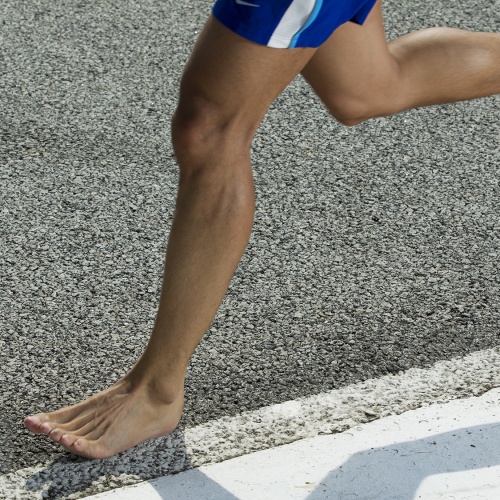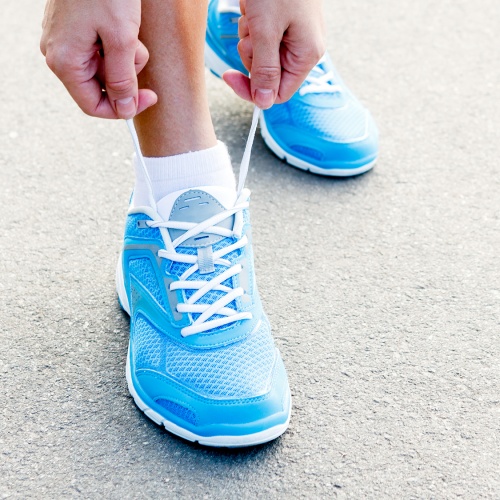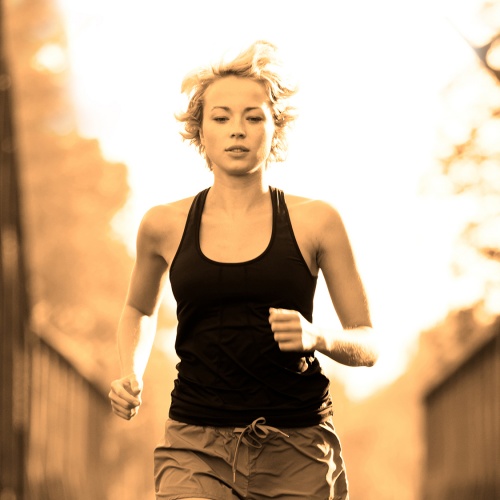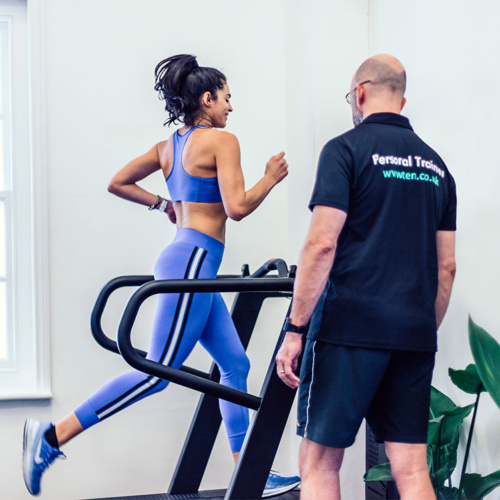1. Your shoes need to be the right fit for your natural arch and or your running style, if you are not sure, come in, and we’ll tell you what’s right for you.
2. Check your shoes for wear, often if your shoe isn’t giving you enough support, the heel will be wearing unevenly. If that’s the case you’ll need to replace your shoes – you may also need something more supportive.
3. The best warm up for running is running. Start your run a bit slower than your intended pace and build up steadily until you’re fully warm.
4. Don’t stretch before you’ve warmed up. It’s been proven not to prevent injury or hold any benefits.
5. Once you are warm, dynamic stretches are bestif you are going to stretch any tight areas or previously injured muscles (I favour standing leg swings).
6. Make sure to warm down. 30sec stretches of each of your calves, hamstrings and quadriceps after a run are great way to ease tension. I like to think of the nice pain of the stretch as proof of a good run!
7. Work on your running cadence. Keeping you steps shorter and your turnover higher is more efficient. 180 per minute is optimal. At that rate, your heel strike will be much lighter, your weight is translated forwards, not upwards, and you will run faster with less energy.
8. Your knees should be aligned when you’re running, not crossing over, a little buttock squeeze will help this. If you struggle with this, then a progressive gluteal strengthening programme is the way to go.
9. Drive through with your arms, this will get your thoracic spine rotating properly and drive you forwards.
10. If you want to get faster over a distance, interval training is a great option. Break the distance up into smaller segments and take a 1 minute break in-between, steadily increase the running distance/decrease the resting component still covering the same distance, your body will get used to running faster and will carry through to the distance, also the shorter intervals will allow your form to hold throughout.
11. Finally (I know I said 10, but this is important), this top to toe checklist is a great thing to keep in your head as you’re running:
– Drive through with your arms
– Engage your lower abdominals
– Engage your buttocks
– Make sure your knees are straight
– Run lightly i.e. make less noise on impact
– Look down at your watch, wait for a .00 and then count 45 steps (L and R), when you complete your 45th step you should be on 15 seconds.
On a long run, I recommend regularly working through the checklist to make sure your form remains perfect the whole way through, even when you are tired.





